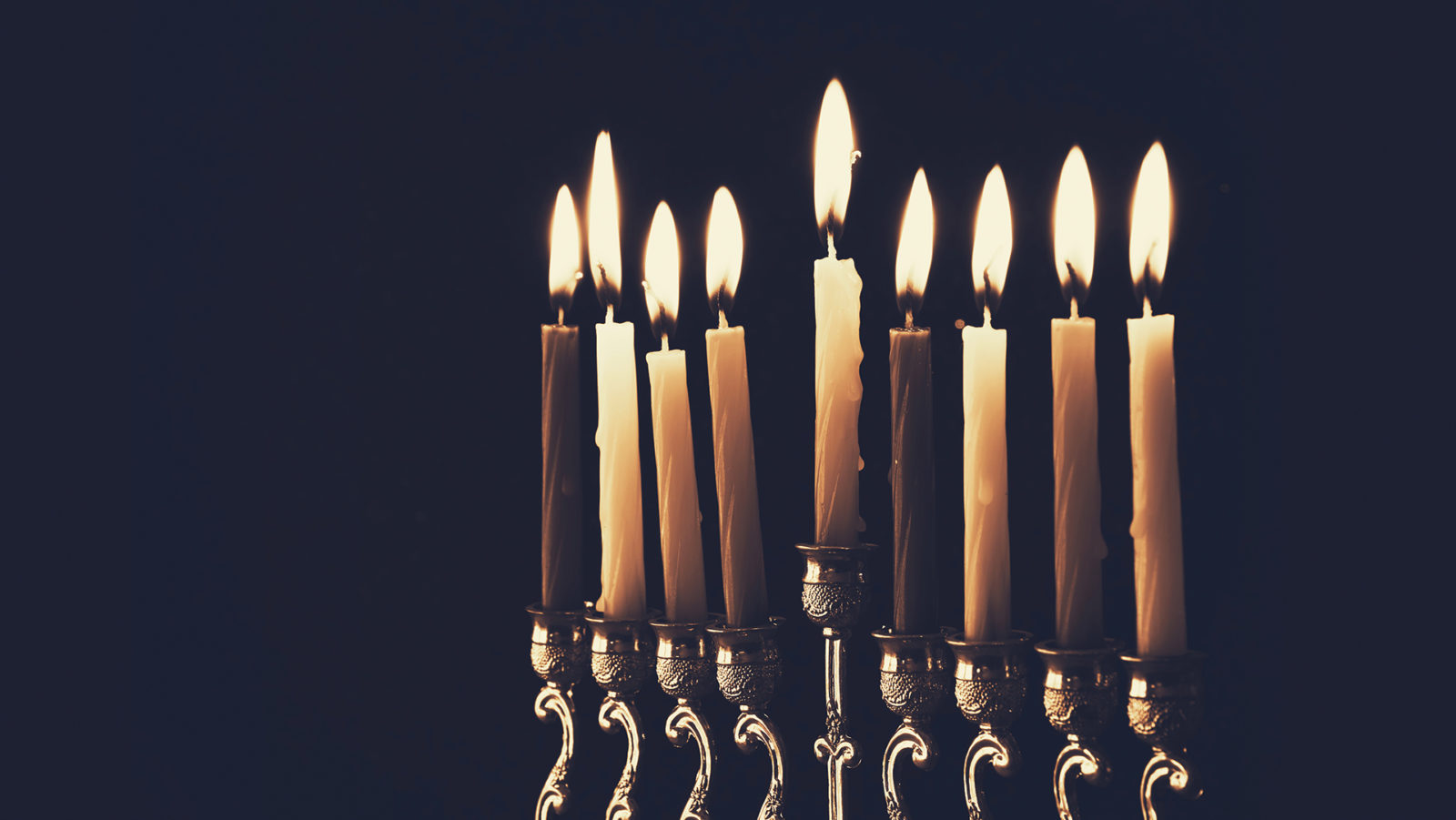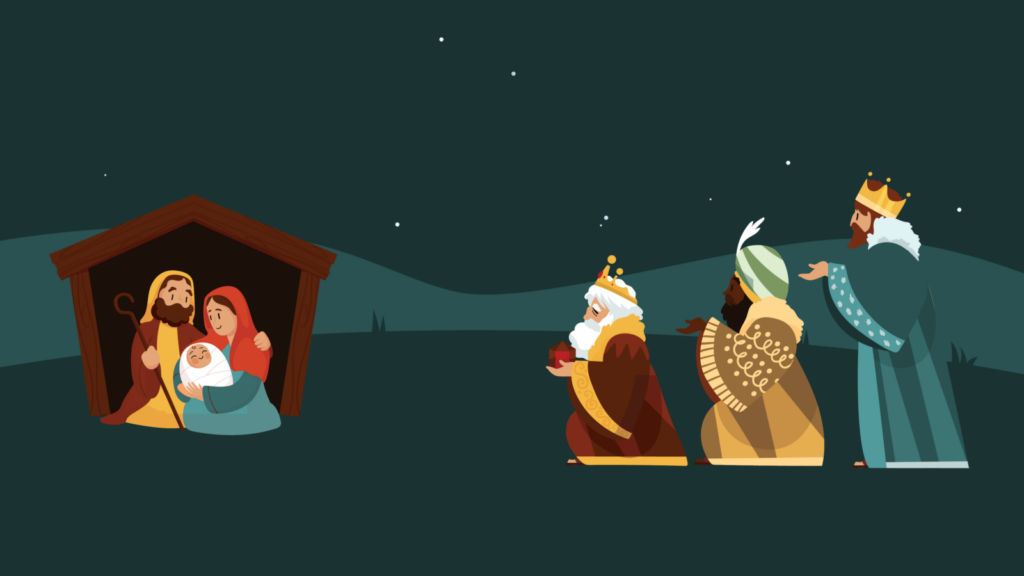When I was very young and in a situation where I or someone else was likely to do something foolish or make a mistake, I would often hear the quip, “If you do that you will be as popular as a pork chop in a synagogue.”
Although our surname and family tree indicate that we have Jewish heritage, we did not practice Judaism in my childhood home. However, we did know that a pork chop would be extremely unpopular in a synagogue.
At our dinner table there were roast vegetables, chicken and sometimes lamb, but no pork chops.
Many years later as an adult, after I had become a Sabbath keeper and began to study the Bible and other books about the Bible, I came across a story that I believe could be the origin of that statement about the pork chop in the synagogue.
In Daniel 8:21,22, Daniel predicted that at the demise of the first king of Greece (Alexander), his kingdom would be divided into four. This prophecy was fulfilled when Alexander died in 323 BC and his kingdom was divided between his four generals: Cassander, Lysimachus, Ptolemy and Seleucus.
The First Book of Maccabees records that around 167 BC a descendant of Seleucus named Antiochus took control of Jerusalem, plundered the temple of the golden ornaments, made slaves of the people and forbade the practice of Judaism. This included a prohibition on Sabbath keeping and circumcision.
Then it is recorded that Antiochus sacrificed pigs, not in the synagogue, but in the temple at Jerusalem.
If a pork chop in a synagogue would be unpopular, then imagine how unpopular among the Jewish people Antiochus would have been for sacrificing pigs in the temple.
A Jewish priest named Mattathias and his sons gathered enough Jewish volunteers to form an army to fight Antiochus and his army.
However, Mattathias was already an old man and he soon died. Mattathias’ son Judas Maccabaeus took control of the army and eventually Antiochus and his army were driven out of the land of Judea.
The intertestamental book of First Maccabees chapter 4 then describes the rededication of the temple, which began on the 25th day of Kislev and went for eight days.1
The Jewish month of Kislev is equivalent to late November/early December in the Gentile calendar. This celebration became known as Hannukah (the Hebrew word for dedication). [pullquote]
In John 10:22,23, it is recorded that Jesus was at the temple in Jerusalem during the Feast of Dedication “and it was winter” (v 22).2
Perhaps Jesus was at that time thinking about the first Hannukah. Because if Antiochus had been successful in wiping out Judaism then the messianic prophecies would not have been able to be fulfilled.
However, Antiochus was not successful because God is in control and the messianic prophecies concerning the first advent of Jesus have been fulfilled exactly as predicted.
This year Hannukah was held on December 3-10.
We know that the December 25 date for the birth of Jesus comes from the syncretism of pagan worship and Christianity. It is more likely Jesus was born around September/October or perhaps March/April than December.
However, as Ellen White has suggested in the book Adventist Home, Christmas is “a day not to be ignored” and should be celebrated in a Christian way as an opportunity to remind our children and family members of Jesus our Redeemer.5
As you plan for Christmas this year, remember that if there had not been the faithful Maccabeans to deliver Judea from Antiochus, then there would be no Christmas.
No Hannukah, no Christmas.
Happy Hannukah and Merry Christmas.
Brian Abrahams is a retired public servant from New Life Adventist Church, South Queensland.






